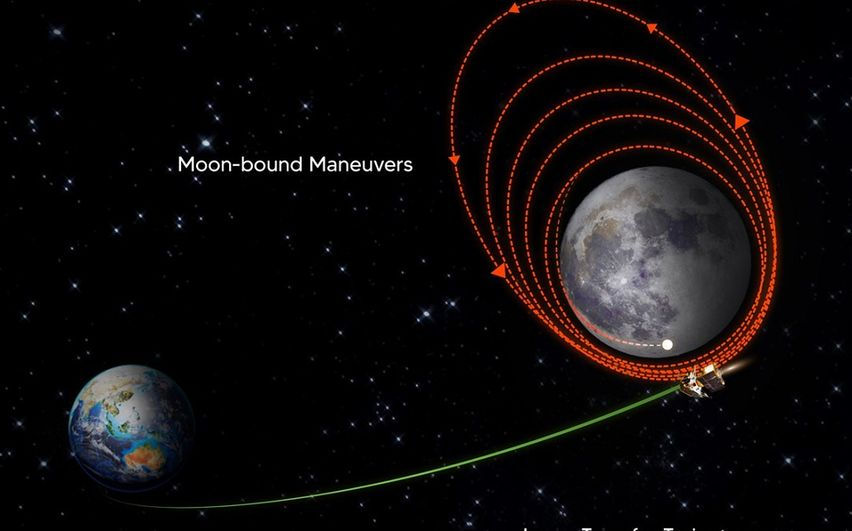
Chandrayaan-3 Overview:
Chandrayaan-3 is a follow-on mission to Chandrayaan-2, aiming to demonstrate safe landing and roving capabilities on the lunar surface.Configuration: It consists of a Lander and Rover module.Launch Vehicle: It will be launched by LVM3 (Geosynchronous Satellite Launch Vehicle Mark III) from SDSC SHAR, Sriharikota.Propulsion Module: The module carries the Lander and Rover configuration to a 100 km lunar orbit and includes the SHAPE payload for Earth observation.
Lander Payloads:Chandra’s Surface Thermophysical Experiment (ChaSTE):Objective: Measure thermal conductivity and temperature of the lunar surface.
Instrument for Lunar Seismic Activity (ILSA):Objective: Measure seismic activity around the landing site and study the lunar crust and mantle structure.
Langmuir Probe (LP):Objective: Estimate plasma density and variations in the lunar environment.
Laser Retroreflector Array (LRA) from NASA:Objective: Used for lunar laser ranging studies
.Rover Payloads:Alpha Particle X-ray Spectrometer (APXS):Objective: Derive elemental composition of the lunar soil and rocks near the landing site.
Laser Induced Breakdown Spectroscope (LIBS):Objective: Perform qualitative and quantitative elemental analysis to understand the chemical and mineralogical composition of the lunar surface.
Mission Objectives:Demonstrate safe and soft landing on the lunar surface.Demonstrate rover mobility on the lunar surface.Conduct in-situ scientific experiments on the lunar surface
.Advanced Technologies in Lander:Altimeters: Laser and RF-based altimeters for altitude measurement.Velocimeters: Laser Doppler Velocimeter and Lander Horizontal Velocity Camera for velocity measurement.Inertial Measurement: Laser Gyro-based Inertial referencing and Accelerometer package.Propulsion System: 800N Throttleable Liquid Engines, 58N attitude thrusters, and Throttleable Engine Control Electronics.Navigation, Guidance & Control (NGC): Powered Descent Trajectory design and software elements.Hazard Detection and Avoidance: Lander Hazard Detection & Avoidance Camera and Processing Algorithm.Landing Leg Mechanism.
Lander Testing:Integrated Cold Test: Sensor and navigation performance test using a helicopter as a test platform.Integrated Hot Test: Closed-loop performance test with sensors, actuators, and NGC using a tower crane as a test platform.Lander Leg Mechanism Performance Test: Simulating different touch-down conditions on a lunar simulant test bed.
Specifications:Mission Life (Lander & Rover): One lunar day (~14 Earth days).Landing Site (Prime): 4 km x 2.4 km coordinates.Mass: Propulsion Module: 2148 kg, Lander Module: 1752 kg (including a 26 kg Rover).Power Generation: Propulsion Module: 758 W, Lander Module: 738W with Bias, Rover: 50W.Communication: Propulsion Module communicates with IDSN, Lander Module communicates with IDSN and Rover, Rover communicates only with Lander
.Lander Touchdown Specifications:Vertical velocity: ≤ 2 m / sec.Horizontal velocity: ≤ 0.5 m / sec.Slope: ≤ 12 degrees.This breakdown provides a comprehensive understanding of Chandrayaan-3's objectives, payload configurations, advanced technologies, and testing procedures. It's worth noting that Chandrayaan-3 aims to build on the successes of previous lunar missions and further enhance India's capabilities in space exploration.
